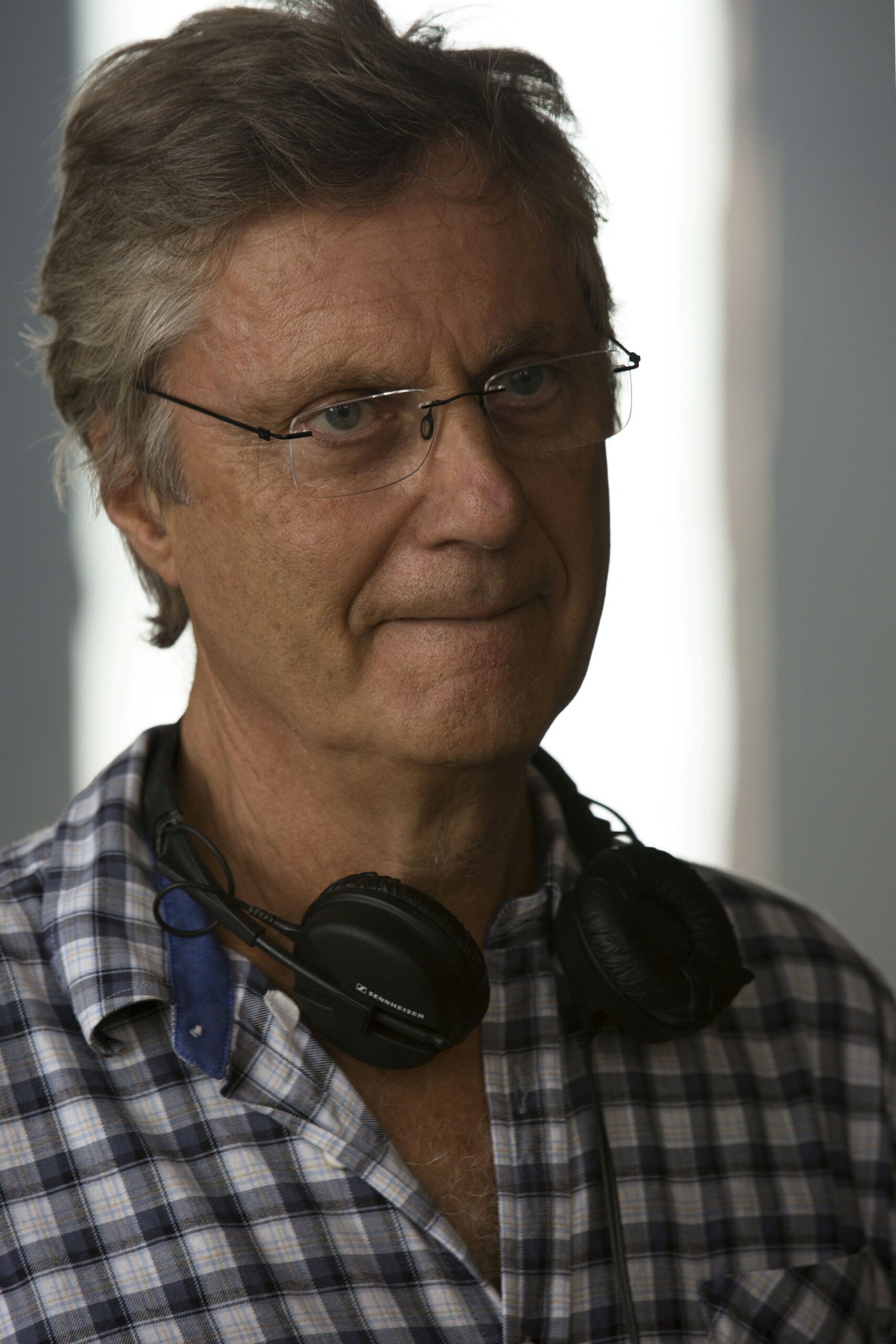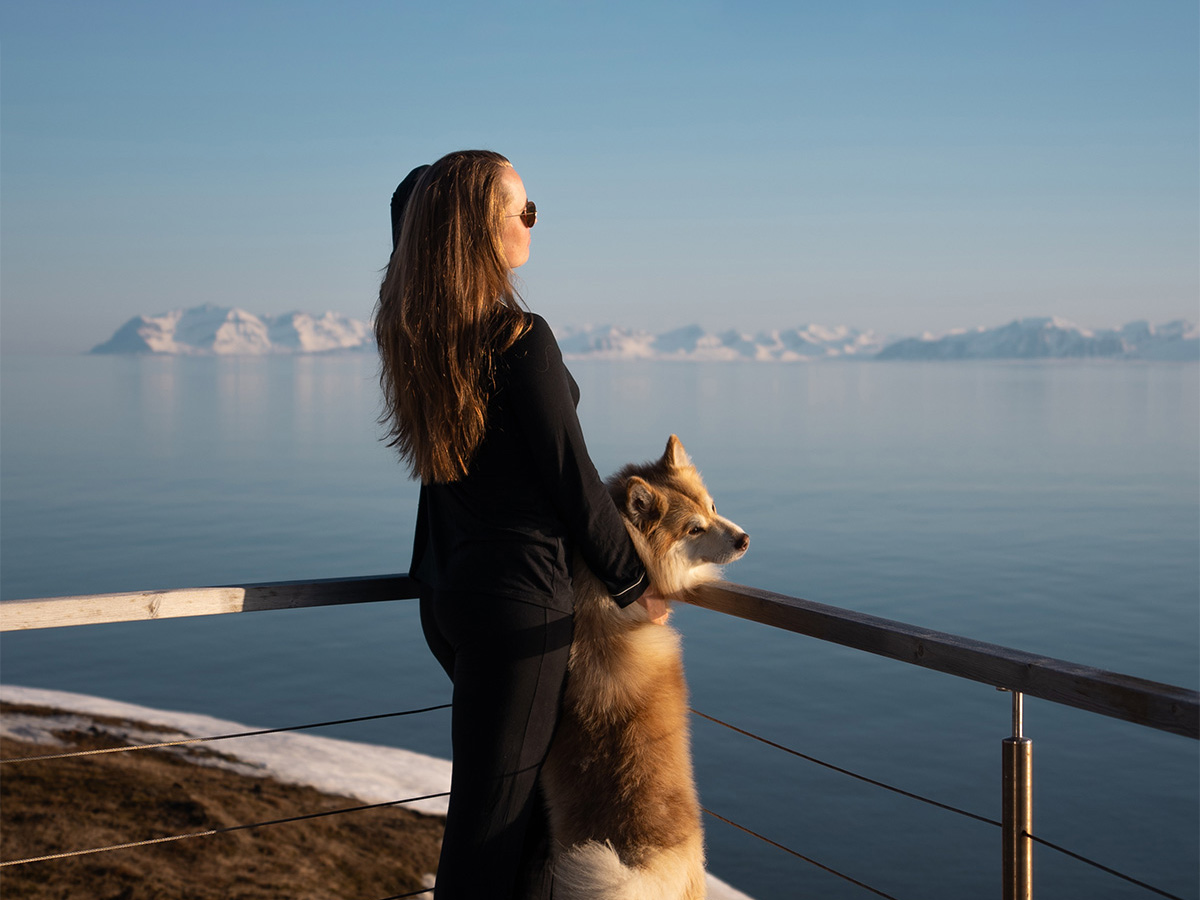Lasse Hallström – An outsider looking in

It’s been 30 years since a small budget Swedish film with the curious title Mitt Liv som Hund (My Life as a Dog) became an international hit. Since then its director, Lasse Hallström, has been busy adding films to his resumé such as Salmon Fishing in the Yemen, Chocolat, The Cider House Rules and What’s Eating Gilbert Grape? Last month, he was able to add the bitter-sweet comedy The Hundred-Foot Journey.
Despite critically acclaimed films and commercial success, Hallström is clearly a man who has no intention of resting onhis hard-won laurels. “My favourite film is still My Life as a Dog. Although it was based on a book, it was a very personal film for me. In terms of my American movies, it’s probably What’s Eating Gilbert Grape? But these films were made almost 15-20 years ago, so I really need to pick up the pace and quality!”
Swedish Simplicity
Hallström is quietly spoken – passionate about his art – but with a self-effacing humour that is instantly endearing. Although he studied at the Adolf Fredrik’s Music School in Stockholm, his joy has always been filmmaking. “I sang. I learnt how to write music and studied music history but I never really considered becoming a musician,” he says. “From the age of about nine or ten, I always wanted to become a filmmaker.” As early inspirations, he cites his father’s amateur documentaries along with the films of Charlie Chaplain, “down-printed to eight millimetre film and screened again and again at home”, but it was when working on music videos for Abba that he cut his film-making teeth. “Some of them are kind of camp in a way I never expected,” he laughs, “but I must say in my defence that we often shot two videos in one day – that’s how rushed it was.” Does he have a favourite? “Nooo…Well, maybe the first one, which was Mamma Mia, because it had those close ups of the lips that almost worked as a percussion addition. So that maybe, for all its simplicity, is my favourite.” Then, in 1985, My Life as a Dog became the runaway hit of the year, earning the relatively unknown director an Oscar nomination and a place at Hollywood’s high table. “I thought,” he admits, “that it was a very Swedish movie when I made it, but seeing it play to an audience abroad was fantastic because they reacted to exactly the same moments as the Swedish audience. I think that people still respond to the underlying emotions despite the fact that it was very Swedish in terms of location and story.” The theme of the tale – the protagonists struggle to find their place in the world – echoes through Hallström’s films. Is this something he identifies with? “Yes, I think I do. I’m no stranger to being on the ‘outside’. I’m an outsider still. I’m an outsider in America. I was a shy kid … so I know how it feels and I can relate to it enough to be attracted to scripts that seem to share those feelings. It’s as though I can be assured that I’m not alone in having those feelings – by hearing laughter or hearing comments from an audience – then I’m suddenly on the inside. I’m not left out as much anymore then I felt I was when I was a kid.”
A home away from home
Although the Stockholm-born director’s focus as a filmmaker is very much on human relationships, his visuals have an almost hypnotic, quiet beauty. There’s a sense of solitude in his long shadows and dreamy landscapes. Does he enjoy being alone? “I can’t recall needing to be alone but when I was alone I didn’t have a big problem with it. I was always busy with something and if that something wasn’t putting a puzzle together, it was cutting, editing film, or thinking about how to make films. Creating – whether that was painting or drawing or making a sculpture in clay – was always encouraged at home. It was a very stimulating atmosphere.” Hallström now lives in New York and although he keeps a house in Sweden it’s taken him many years to feel as if America is home. “In the first years in America I was pretty much homesick all the time. But now America seems like another home. Coming back to Sweden, though, there’s still all that stimuli. I spent my first 50 years here so depending on where I am, there’s a recognition of culture, smells, tastes, colours, and memories of the past. But it’s not a nostalgic pull anymore. It’s familiarity, because I can sit here [in Sweden] and feel very comfortable with the idea of going back to New York. That all started when I planted bushes, rhododendrons, in my yard in America. I remember that was the turning point. I literally put some roots down.” We ask him whether the American experience has changed him as a filmmaker and if being a Swedish filmmaker is just a label or whether it also influences his vision. He replies: “I’m aware of it having changed a little bit, my attitude to scoring a film for example. With My Life as a Dog I almost didn’t dare have music. So yes, things have changed, but I still do see myself as having European attitudes. I used to say that in Europe we have more interest in psychology whereas the American film director has more interest in plot…When I tell a story I want it to be absolutely truthful. I improvise a lot and I do whatever it takes to help actors create something that rings true. Even in the confines of a fairy tale. Even with a story like The Hundred-Foot Journey, I felt it was fun to try and find moments that feel true. I love strong sentiment but hate sentimentality. There is a clear line there.” The Hundred-Foot Journey is a little piece of Hallström heaven in which personalities and their passions drive the story forward. It’s a comedy with lots of dark tones and a drama with lots of light moments. And it’s a love story in which food and family are just as important as whether the boy will win the gal. It’s also a timely film, in that it says a lot about the sort of cultural tensions that the world is currently struggling with. Does he think that stories help people understand each other better? “I think so. Why else would so many of us make films or write books? To confirm that we are not alone. Why else would we be so attracted to stories which we laugh at because we recognise that emotion or that odd, seemingly irrational feeling or behaviour? We have artists who spend a lifetime telling stories that bring us closer to each other. So yes maybe. Maybe there is some hope in that.”
By Paula Hammond, published in SCAN Magazine issue 75 –April 2015 | Photo: Press Photos
The Hundred-Foot Journey is available
on Blu-ray and DVD now.
Subscribe to Our Newsletter
Receive our monthly newsletter by email





